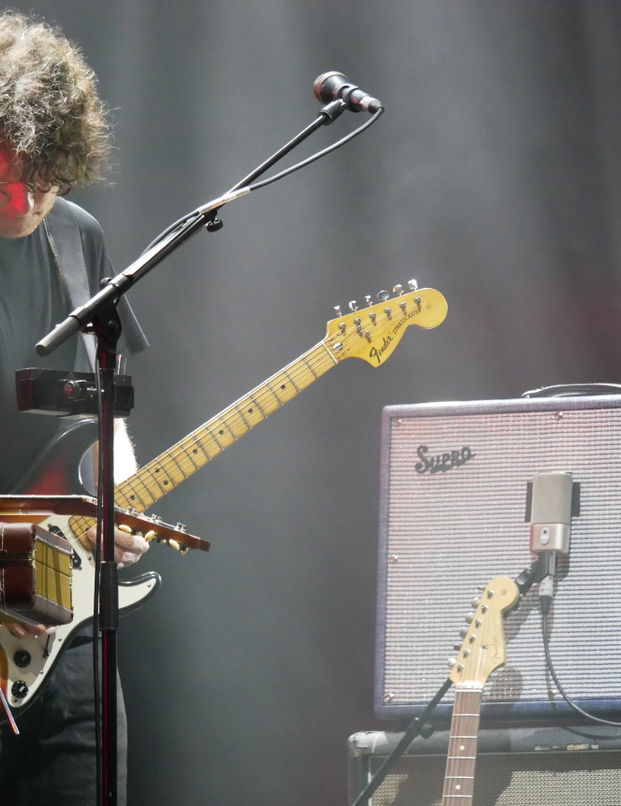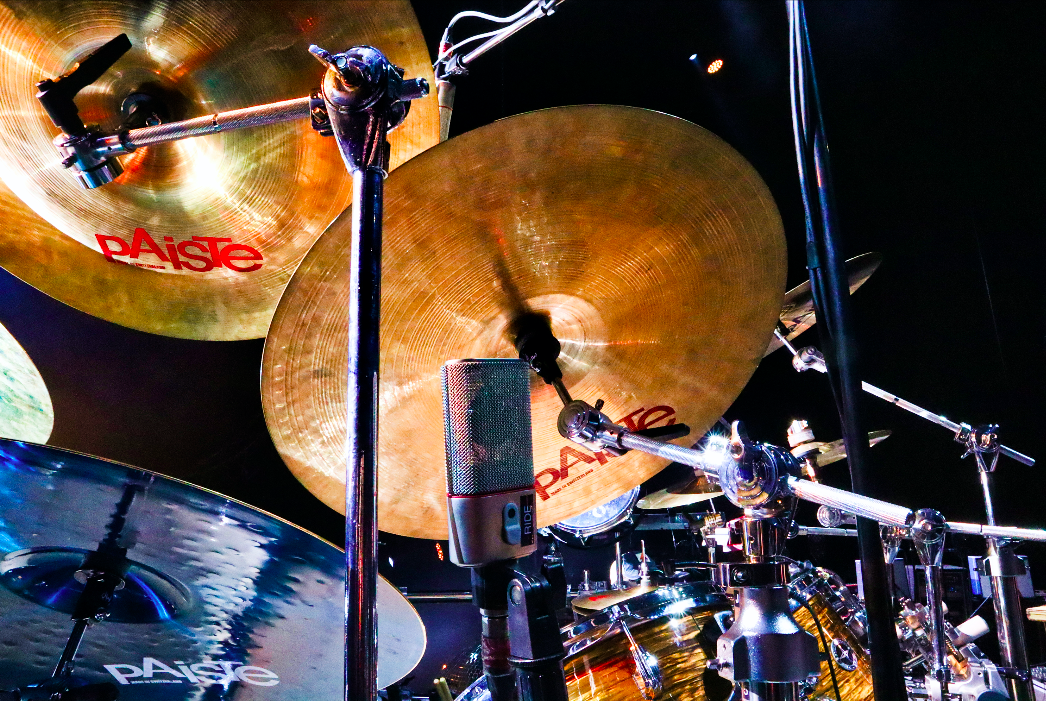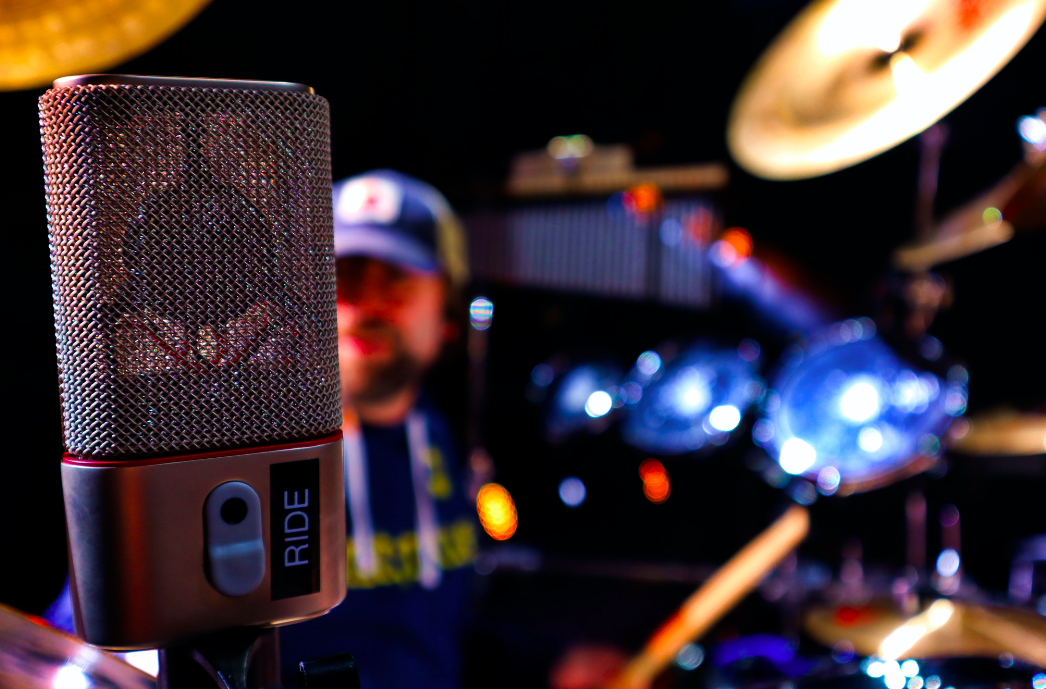Having sold over four million tickets for concerts that have taken place in 35 countries, The Australian Pink Floyd Show is not your average tribute act. The band’s guitarist and vocalist explains why Austrian Audio’s OC818 microphone is rocking his world.
“Pink Floyd created their own universe of sound – no other band has ever sounded the same,” enthuses The Australian Pink Floyd Show’s (TAPFS) guitarist and vocalist, Stephen McElroy. “It’s so important to capture not just the sound, but also the feel and the emotion of their amazing music.”
The band certainly succeeded in their mission to replicate their musical heroes as faithfully as possible, as they were once booked by Pink Floyd’s very own David Gilmour to perform at his 50th birthday celebration.
One of the original founding band members of what went on to become TAPFS, McElroy has enjoyed seeing the band grow from the early days, through to headlining at the Royal Albert Hall, Wembley Arena, Hammersmith Apollo, and London’s O2 Arena for a concert celebrating the 40th anniversary of The Dark Side Of The Moon in 2013.
Although it took them a while to get to this level, using the years to perfect their sound and showmanship. It all started in 198 iin Adelaide, Australia. Lee Smith – a local guitarist obsessed with Pink Floyd – wanted to augment his band, which at the time featured drummer, Grant Ross, and bassist, Trevor Turton.
He placed an advert in Allan’s Music store which read: ‘Vocalist and keyboardist required for band. Professional attitude expected. We only play Pink Floyd.’



